Historical Sites
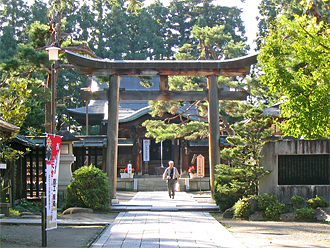
Uesugi-Jinja Shrine
The shrine was built to honor Uesugi Kenshin, one of the greatest and bravest warriors during the period of warring states. It is one of the most well known sights in Yonezawa and citizens visit all year round, praying for new year's prosperity, blessings for newborn children and so on.
The current building was designed in 1913 by Chuta Ito, who is known throughout Japan as the leading expert in shrine architecture.
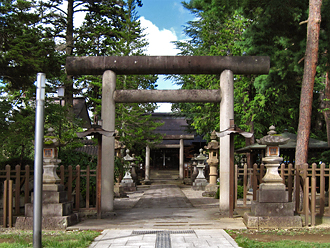
Matsugasaki-Jinja Shrine
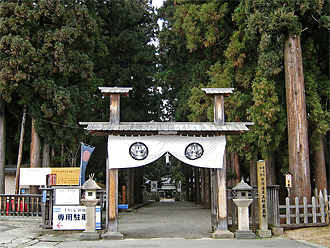
The Uesugi Clan Mausoleum
This site is home to the gravesites of the lords of the Yonezawa domain. Sorrounded by over 400 year-old cedar trees the Mausoleum is engulfed in a solemn and calm atmosphere. This is a government-designated historical site.
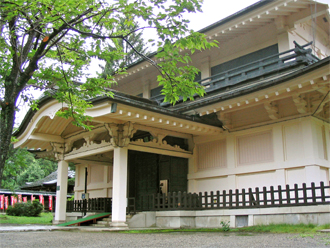
Keishōden
9:00 - 16:00
(Last Entry at 15:45)
Winter Break Closure
1st of December - Mid-March
Entrance Fee
General ¥400 (¥350)
High-School/University Students ¥300 (¥250)
Elementary/Middle School Students ¥200 (¥150)
※Prices displayed in brackets refer to groups over 20 persons.
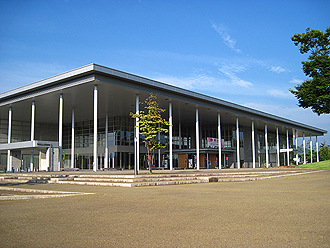
Yonezawa City Uesugi Museum
The national treasure “Rakuchu Rakugaizu Byobu” decorative screen and “Uesugike Monjo” are part of the Yonezawa City Uesugi Museum's vast collection, which is composed of thousands of items associated with clan Uesugi.
The museum provides entertaining opportunities to learn about Yonezawa, such as the theater and the digital exhibition room where visitors can enjoy the virtual imagery of “Rakuchu Rakugaizu Byobu” using computer graphics.
English Website: Click Here
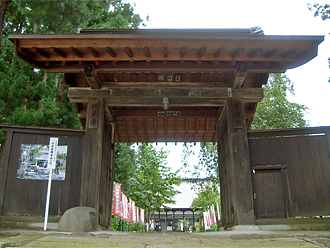
Kasugayama Rinsen-ji temple
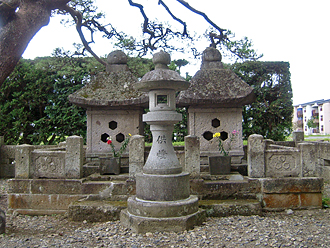
In the 6th year of the Keichō Era (1601), after Kagekatsu was given the Yonezawa domain (a significantly less wealthy domain than he previously had ruled over) as punishment the temple was also moved to Yonezawa.
Located within the grounds are the graves of Kagekatsu’s wife, Princess Kiku (the daughter of Takeda Shingen) and Kagekatsu’s mother, Sentōin. The grave of Uesugi Yōzan’s concubine as well as the wives and children of other feudal lords can also be found. The grave of Naoe Kanetsugu and his wife are also located here.
9:00-17:00
Entrance Fee
Entry into grounds: ¥100
Entry into building: ¥300
※Entry into the temple is ceased in the winter season. Entry may also be restricted in the event of services and events.
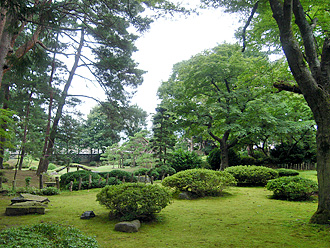
Garden of housenji temple
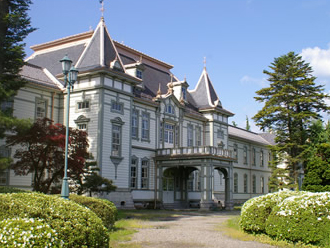
The Old Yonezawa Technical High School Main Building (Yamagata University Engineering Department)
The main building was finished in July of the 43rd year of the Meiji Era (1910). Built in the style of a wooden Renaissance two-story building, there is, at both sides of the entrance, a mesmerizing tower-like intricately designed stairwell.
The ceiling of the area around the stairs and conference room also has beautiful plaster decoration.
In the 46th Year of the Shōwa period (1973) the building was named an important cultural property of Japan.
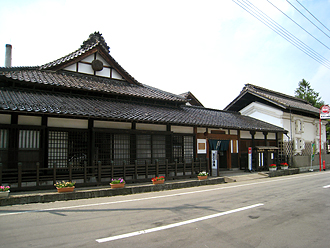
Sake-Brewing Museum Tōkō Sake Warehouse
With the aim of sharing the traditional art of sake brewing to the world – the museum was restored from and old sake distillery in 1984. Entering the museum you will be met with a traditional Japanese style wooden pillars spanning to the ceiling and metal pots used for brewing hanging from the walls. Discover the tradtional art of brewing Japanese Sake.
There are also valuable articles of Uesugi Yōzan available for viewing in the ‘Uesugi Yōzan Display’ area.
9:00-16:30
(last admission at 16:00)
Days the Museum is closed
31st of December, 1st of January.
Entrance Fee
General ¥310 (¥280)
Middle and High-School Students ¥210 (¥160)
Elementary School Students ¥150 (¥100)
※Numbers in brackets refer to groups booked for over 30 persons.
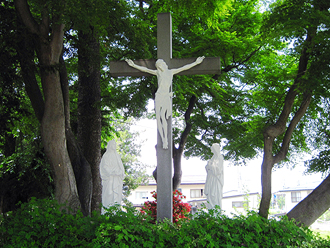
Hokusanbara Christian Martyrdom Site
In the Edo period, the Tokugawa Shogunate declared Christianity a crime and forbid it's practice. However, there were many secret Christians all over Japan who kept a strong faith in Christ but were ultimatley hunted down. In Yonezawa as well, 53 secret Christians including Uemon Amakasu, a member of the Yonezawa clan, were put to death in 1629.
300 years later in 1929, the execution ground was developed into a martyrdom site as with images of Christ, the Virgin Mary and the Baptist John being presented by Germany to honor the martyrs..
In 2008, Uemon Amakasu and other 51 people were beatified by the Vatican.
